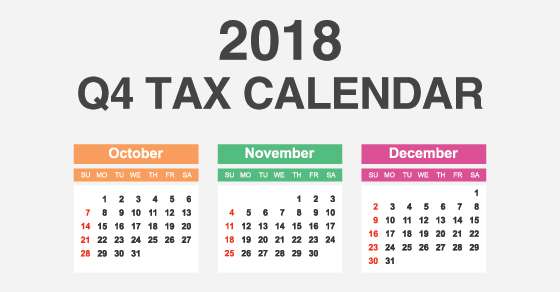IRS Launches Tracking Tools
 As the latest round of stimulus payments have started hitting some bank accounts, The IRS has updated the “Get My Payment” tool on its website with further information on when to expect payments.
As the latest round of stimulus payments have started hitting some bank accounts, The IRS has updated the “Get My Payment” tool on its website with further information on when to expect payments.
You can check the status of your payment here.
The third round of Economic Impact Payments will be based on a taxpayer’s latest processed tax return from either 2020 or 2019. That includes anyone who used the IRS non-filers tool last year, or submitted a special simplified tax return.
For those who received the first two stimulus checks but didn’t receive a payment via direct deposit, they will receive a check or a prepaid debit card. Social Security and other federal beneficiaries will generally receive this third payment the same way as their regular benefits. A payment date for this group is expected to be announced soon.
In addition, the “Where’s My Refund” page is also live on the IRS website.
You need the following information to track the status of your tax refund:
- Social Security number or Individual Taxpayer Identification Number
- Filing status (single, married or head of household)
- Exact refund amount in whole dollars (can be found on your tax return)
The tool will show you one of three messages to explain your tax return status:
- Received: The IRS now has your tax return and is working to process it.
- Approved: The IRS has processed your return and confirmed the amount of your refund, if you’re owed one.
- Sent: Your refund is now on its way to your bank through direct deposit, or as a paper check to your mailbox.
For more information or further assistance with your filing, please contact your Whalen advisor.
SOURCE: IRS



 The Department of Taxation (ODT) is warning Ohioans who may be victims of unemployment fraud to report the suspected fraud or potentially face higher taxes.
The Department of Taxation (ODT) is warning Ohioans who may be victims of unemployment fraud to report the suspected fraud or potentially face higher taxes.
 Attending college is one of the biggest investments that parents and students ever make. If you or your child (or grandchild) attends (or plans to attend) an institution of higher learning, you may be eligible for tax breaks to help foot the bill.
Attending college is one of the biggest investments that parents and students ever make. If you or your child (or grandchild) attends (or plans to attend) an institution of higher learning, you may be eligible for tax breaks to help foot the bill.
